The Asian Development Bank lowered China’s 2019 growth forecast from 6.4% to 6.3%. For 2018, growth projection was kept unchanged at 6.6%. It cited “slower demand growth and an unfavorable trade environment” as the reasons for the downgrade. On US-China trade conflict, ABD said it could “deflate consumer and investor confidence, severely disrupt supply chains, impede technology transfer and foreign investment, and hit export-oriented industries in the PRC. ”
ADB Chief Economist Mr. Yasuyuki Sawada said, “services and consumption will continue lifting the PRC’s economy for the rest of 2018 although slower growth is expected next year, as ongoing trade tensions with the United States (US) are expected to affect net exports.” He added that “supportive monetary and fiscal policy will help ease the short-run strains” But also urged that “continued reform progress is needed to sustain future growth.”
Looking at the details, net exports are expected to hold back GDP growth for the rest of 2018 and 2019 as ” trade tensions with the US continue to intensify, coupled with a dimmer outlook on global trade and investment activities.” ADB expected current account surplus of China to lower to 0.7% in 2018 and further down to 0.2% in 2019.
For developing Asia as a whole, growth in 2018 is expected meet 6.0% forecast. However, 2019 growth projection was also trimmed by -0.1% to 5.8%. The US-China trade measures implemented by September 24 are expected to lower China GDP by -0.5% and US GDP by -0.1%. And they would have a “negligible effect on the rest of developing Asia”. It also noted that “with the trade conflict escalation, the US trade deficit with the PRC would shrink, but the overall US trade deficit would not change much as US imports would be redirected to other countries while US exports to the PRC declined.”
Also, ADB warned that “prolonged trade conflict can damage confidence and deter investment. This indirect fallout will be large for many economies in the region and globally, especially if automobiles and other parts become embroiled in the trade conflict.”
ADB’s press release on China here.
The Asian Development Outlook 2018 update here.




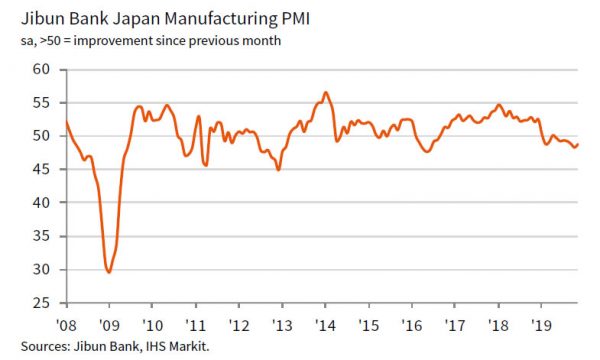
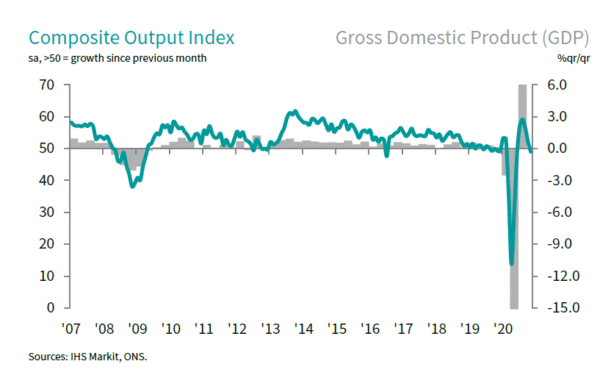
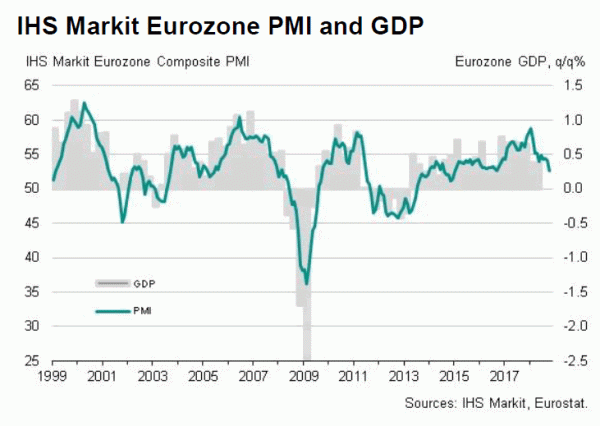
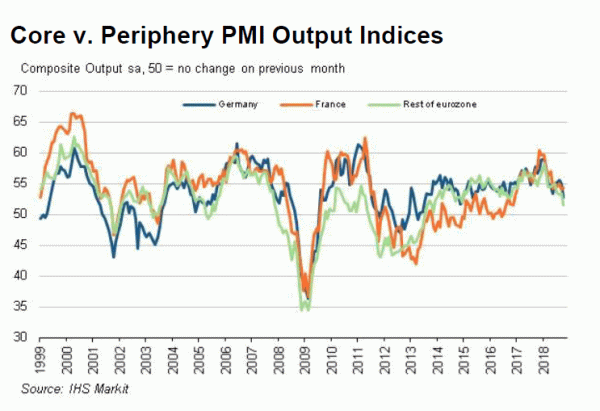
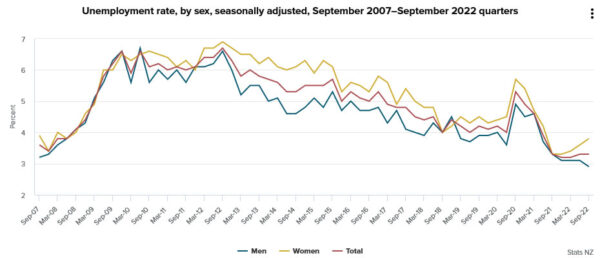
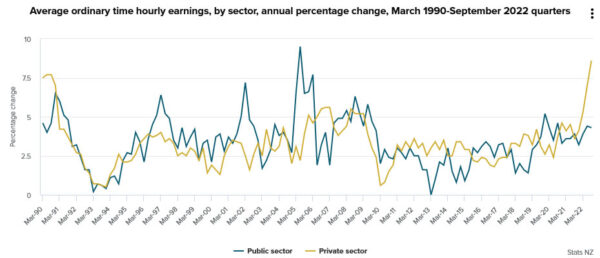
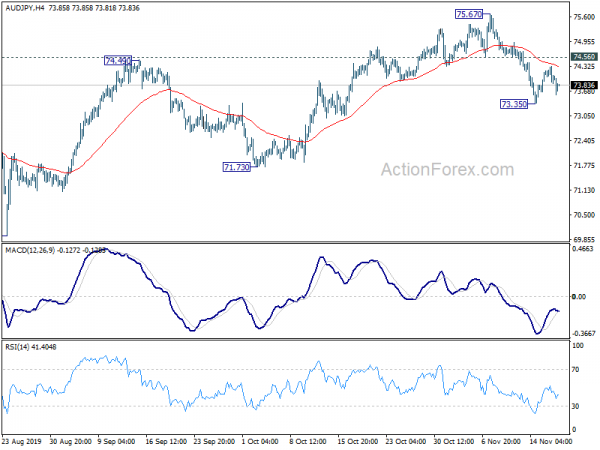
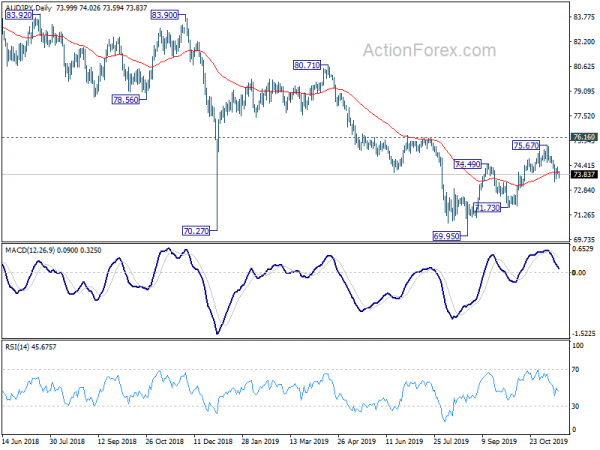

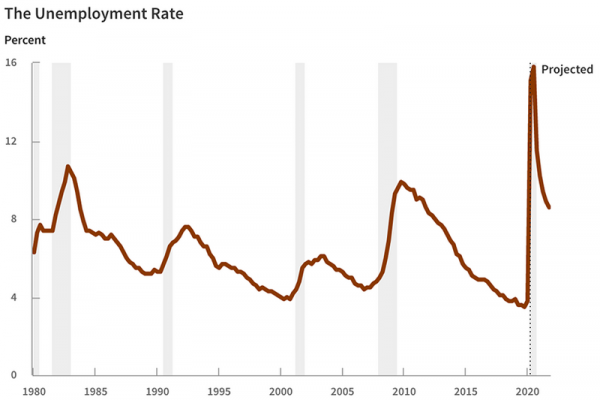
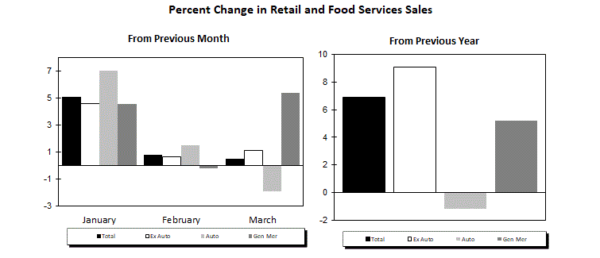
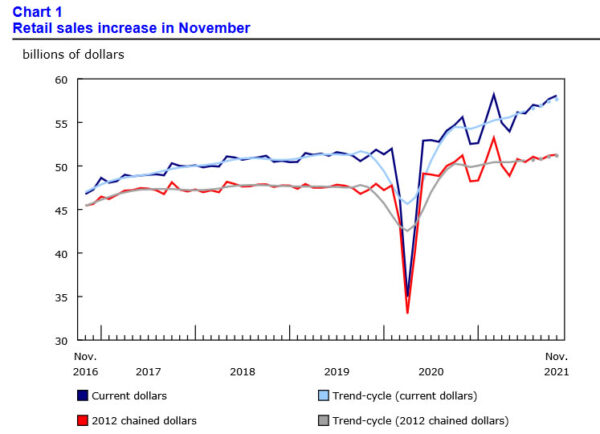
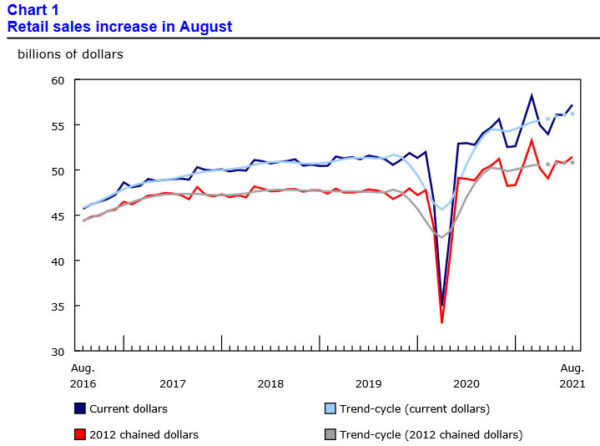
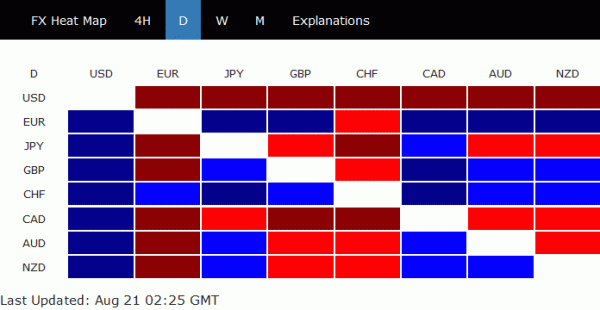
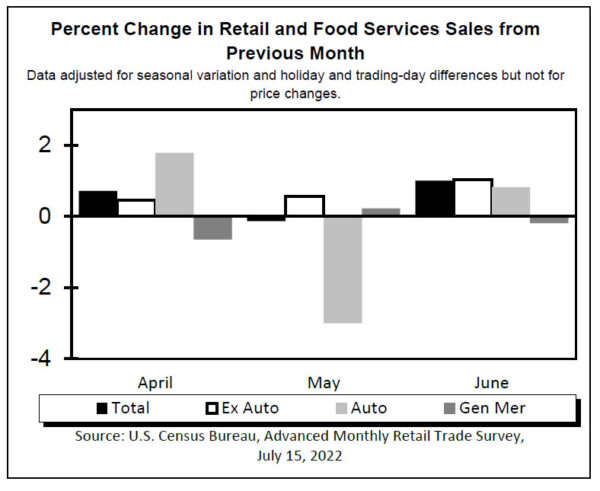

Japanese officials weigh in on Yen’s slide as it approaches 149 against Dollar
This week’s decline of Yen against Dollar, which seems poised to breach 149 mark, has brought remarks from Japanese officials into sharp focus. Market participants are keen to decipher indications of when Japan might transition from verbal caution to active intervention, even though it’s clear that Japan wouldn’t pre-announce such a move.
Finance Minister Shunichi Suzuki, reiterating his consistent position, stated today, “Foreign exchange rates should be determined by market forces, reflecting fundamentals.”
Suzuki emphasized that “Excessive volatility is undesirable,” and assured that the government is monitoring the currency fluctuations with a “high sense of urgency”. “We will respond as appropriate to excessive volatility without ruling out any options,” he added.
Echoing Suzuki’s sentiments, the newly appointed Economy Minister, Yoshitaka Shindo, stressed the significance of stable currency movements that mirror economic realities.
Pointing out the multifaceted impact of the Yen’s position, Shindo elaborated, “Weak Yen has various effects on economy such as raising import costs for consumers, improving competitiveness of exporters.”
With these comments, the stage is set for a heightened scrutiny of Japan’s potential interventions in the currency market. Market participants will no doubt remain vigilant to further remarks and actions by Japanese officials in the coming days.